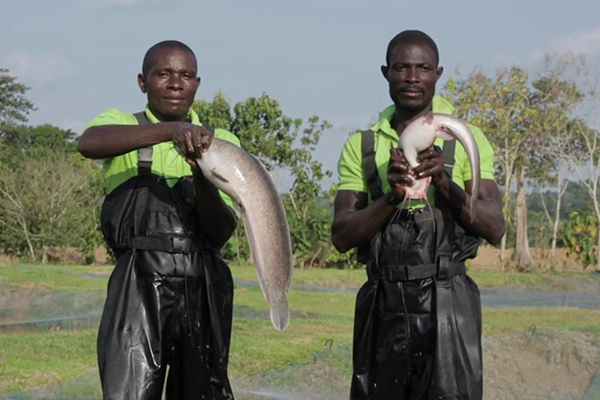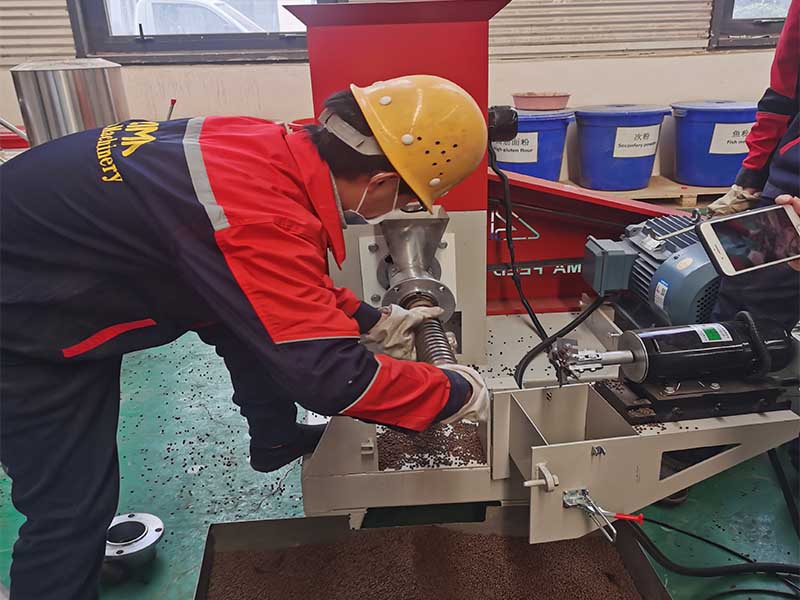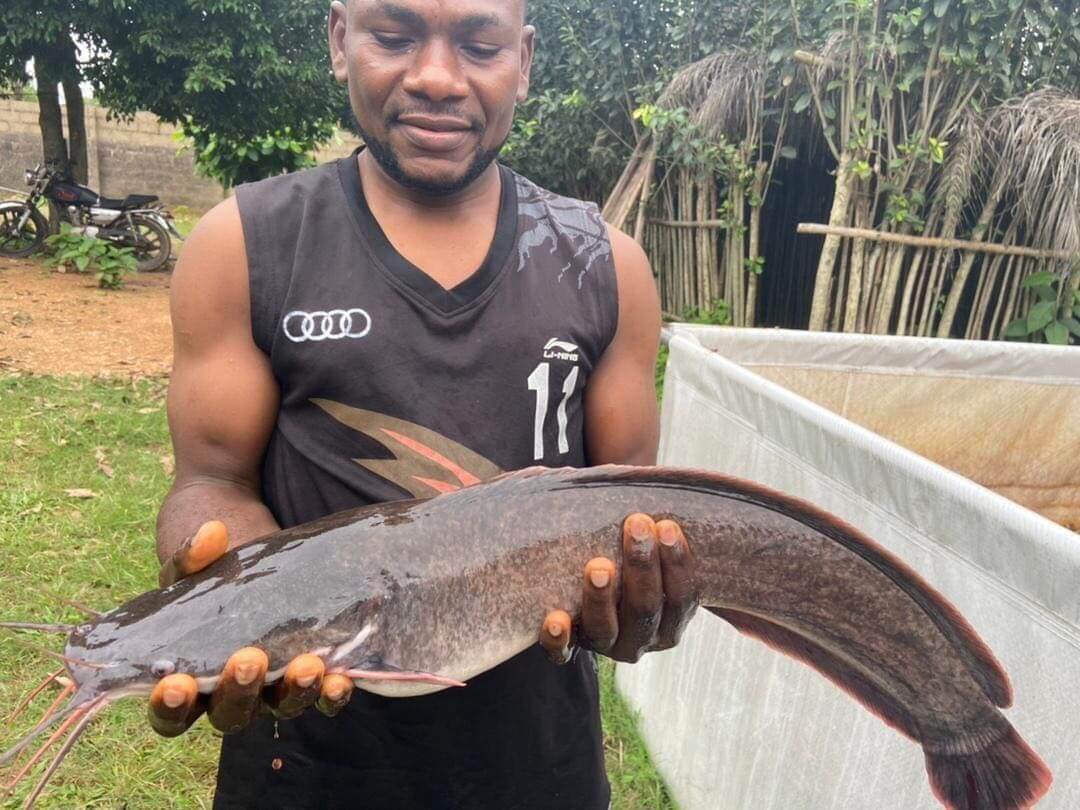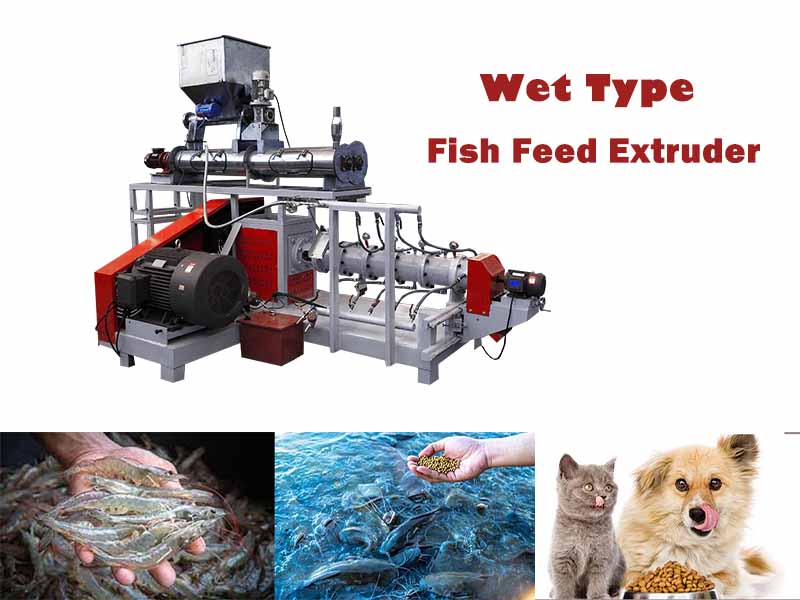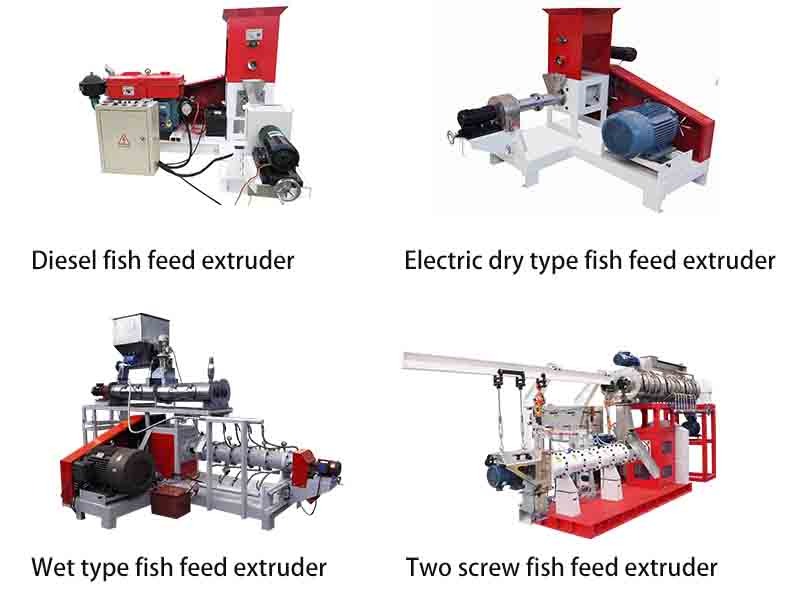Feeding Tips For Fish Farming
Farming fish is a good business activity. Through advanced farming technology, it can promote the rapid and healthy growth of fish, and achieve the overall goal of delicious meat, high yield, low cost and significant economic benefits. Fish farming is the whole process of using the fresh water in pollution-free ponds to raise fish fry until they reach edible or commercial standards.
The characteristics of fish farming in ponds are that the area of the water body is small, it is easy to improve the water quality, it is easy to control the stocking density, the management and fishing are also more convenient, the investment is less, and the effect is quick.
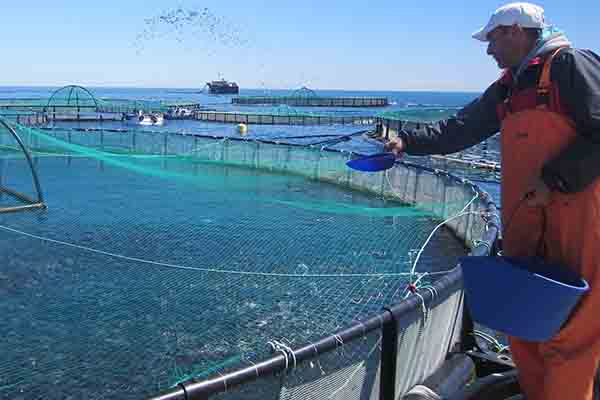
1. Basic conditions for high-yield farming
Freshwater fish are highly adaptable to various water environments. Except in heavily polluted waters, where there is water, there are fish. However, if you really want to operate fish farming as a production channel, you must transform existing old ponds or build new fish ponds in accordance with the requirements of the aquaculture industry in order to achieve scientific production of high-quality fish.
(1) Ensuring adequate water sources and good water quality are the basic conditions for fish farming. Frequently injecting new water into fish ponds can improve the water quality, which is conducive to the growth of fish and the reproduction of plankton; the drainage of fish ponds should be convenient, which is conducive to the first aid of fish when they are floating.
(2) The depth of the pond should be appropriate. When the pool water is too deep, the bottom water temperature is low, the dissolved oxygen is low, and the plankton is less, which is not conducive to the growth of bottom fish.
2. Clean up fish ponds
After 1 to 2 years of continuous breeding in fish ponds, a large amount of silt, residues and various harmful bacteria, wild fish and harmful animals will be deposited at the bottom of the pond, which is extremely unfavorable for the growth of cultured fish. Therefore, fish ponds should be cleaned once a year. This is an important work to improve the living environment of fish.
The benefits of Qingtang:
①Improve pond conditions and increase water storage;
② After the pond dries up, frost and sunlight are applied to kill pests and diseases and reduce the occurrence of fish diseases;
③ After the pond is cleared, the soil is loose, which is conducive to the decomposition activities of aerobic bacteria and accelerates the decomposition and transformation of humus in the soil. The work of clearing the pond should be carried out in the period from early winter to early spring. Drain the pool water, transport away the silt, widen the pool ridge for reinforcement, and clean the pool with medicine at the same time.
3. Fertilization and watering of fish ponds
Fertilize the pond after it has been cleaned. Applying base fertilizer should strive for early application and sufficient amount. Base fertilizer types are manure, compost and fermented green manure. The amount of fertilizer should be adjusted according to the situation of the pond, and the fertilizer should be applied to the bottom of the pond and the edge of the dead water area. Fill the tank about 10 days before the fingerlings enter the tank. Replenish the water in stages according to the water temperature and the growth of the fish. The first injection is 0.80 to 1 meter. When the water temperature rises and the water color becomes thicker, add new water in stages.
4. Selection of fish species
What kind of fish to put in the fish pond should be selected according to the local market demand, climatic conditions, bait, fertilizer source, etc.
Pond fish must choose good varieties, which are characterized by: strong, plump and strong physique; normal body shape, high back and abdomen with complete small scales, normal and shiny body color; bright fish eyes, well-proportioned body length and weight distribution ; No injury or disease, active swimming; strong swarming in the pool, swimming at the bottom of the container, strong water intake; holding the fish in the hand, the gill cover is tightly closed, the tail is bent, and the beating is fierce. These varieties have high survival rate and fast growth.
5. Proper stocking density
The stocking density is highly flexible in relation to environmental factors, feed conditions, species and size of fingerlings, etc. The experience summarized in the production practice is: there are more ponds with good conditions, more bait and fertilizer, more small fish, more aerators and high-level breeding technology. Otherwise, the stocking density should be thinner.
6. Choose a high-quality fish feed suitable for the growth stage of the fish
Fish require different nutrients in fish feed at different growth stages. Usually, juvenile small fish should choose a fish feed with a protein content of about 34-36%, medium-sized fish should choose a fish feed with a protein content of about 30%, and adult large fish should choose a protein content of about 30%. about 28% fish feed
7. Choose extruded floting fish feed
The extruded fish feed can float in the water for 24 hours without sinking, which is convenient for the fish to feed, and it is also convenient for the breeder to observe the growth of the fish and manage the ponds.
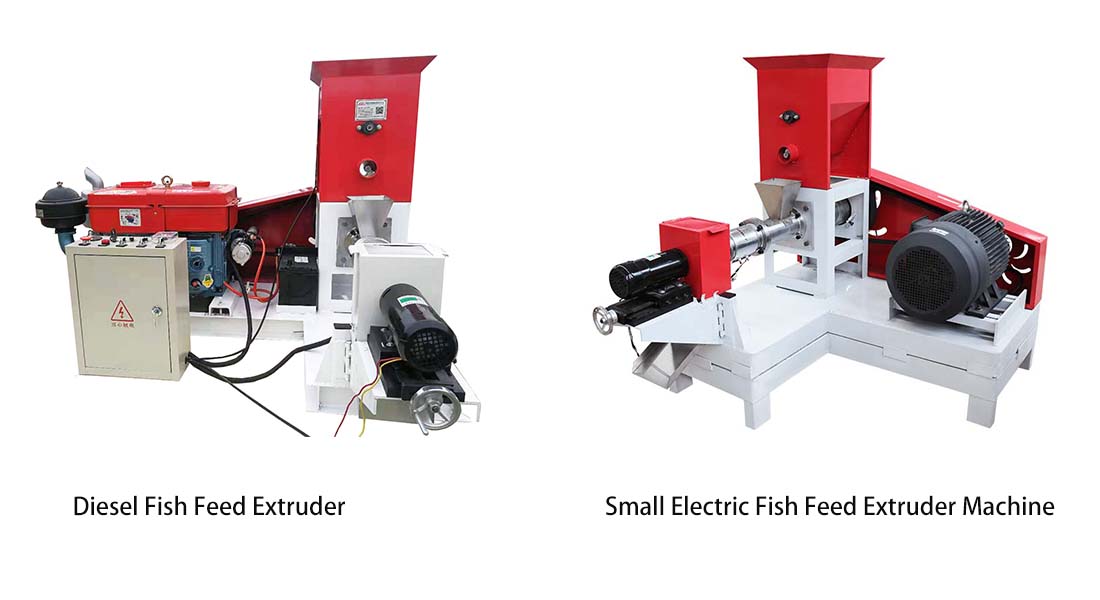
Extruded fish feed is usually produced by an floating fish feed extruder machine. If you want to understand the floating fish feed pellets production process and have plans to produce your own fish feed for your farm, we provide fish feed production machine solutions, welcome to contact to know the price of fish feed extruder machine.
Back to List

